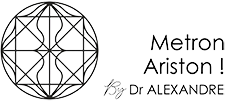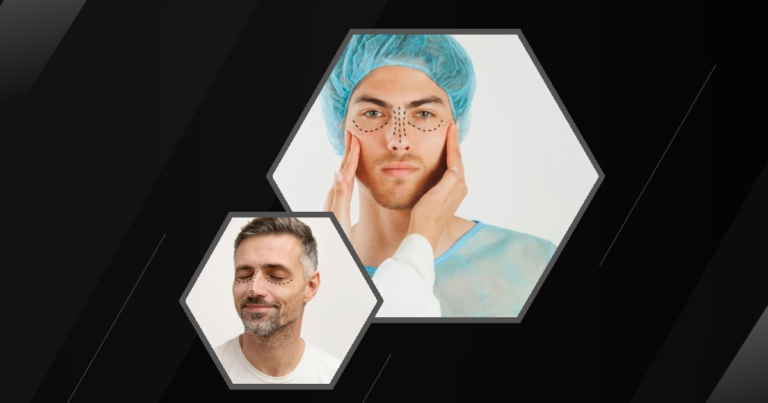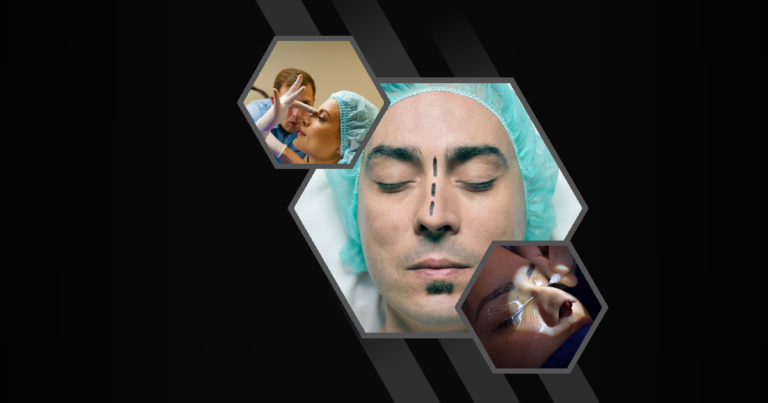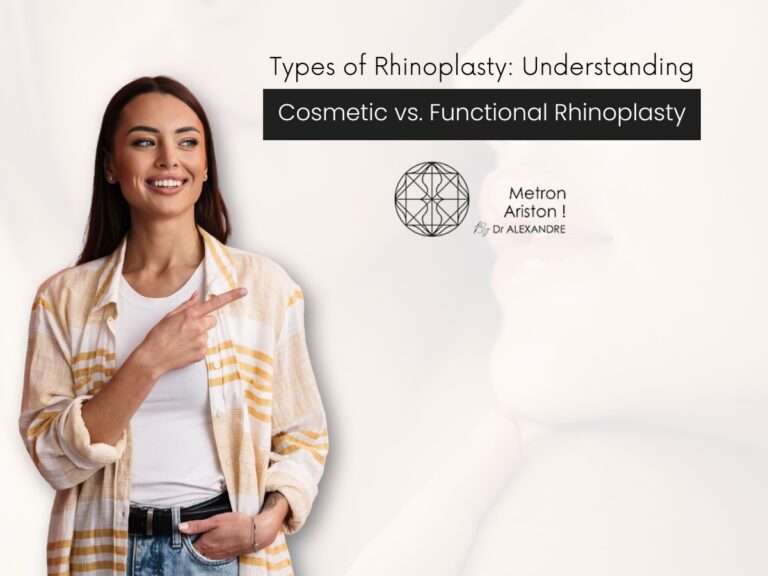Rhinoplasty Recovery Time and What to Expect
Rhinoplasty, commonly known as a nose job, is a popular cosmetic surgery aimed at reshaping the nose. Understanding the rhinoplasty recovery process and the time it takes to heal is crucial for anyone considering this procedure. This comprehensive guide will walk you through the recovery timeline, factors affecting recovery, and tips to optimize your healing journey.
What is rhinoplasty?
Rhinoplasty is a surgical procedure designed to alter the shape or function of the nose. It can be performed for cosmetic reasons or to correct breathing issues. The surgery involves reshaping the bone and cartilage, and the recovery process can vary depending on the complexity of the procedure.
Typical rhinoplasty recovery timeline
The recovery timeline for rhinoplasty generally spans several months. Initially, patients may experience swelling and bruising, which gradually subsides over time. While most people return to normal activities within a few weeks, complete healing can take up to a year.
Factors Affecting Recovery Duration
Several factors can influence the duration of rhinoplasty recovery. These include the patient’s age, overall health, the complexity of the surgery, and adherence to post-operative care instructions. Each individual’s healing process is unique, and understanding these factors can help set realistic expectations.
- Age and overall health
- Complexity of the procedure
- Adherence to post-operative care
The Immediate Aftermath of Rhinoplasty Surgery
First 24-48 hours post-surgery
The first 24-48 hours after rhinoplasty are critical for recovery. Patients may experience swelling, bruising, and discomfort. It’s essential to rest and follow the surgeon’s instructions to minimize complications and promote healing.
Facial Profile Transformation changes how a person’s face looks from the side view it can make big differences in how someone’s nose chin and other features appear when seen from the side
Managing pain and discomfort
Pain and discomfort are common after rhinoplasty. Over-the-counter pain medications, prescribed by your surgeon, can help manage these symptoms. Applying cold compresses can also reduce swelling and provide relief.
Initial care instructions
Following initial care instructions is vital for a smooth recovery. These may include keeping the head elevated, avoiding strenuous activities, and not blowing the nose. Adhering to these guidelines can significantly impact the recovery process.
- Rest and elevate the head
- Avoid strenuous activities
- Do not blow the nose
Week 1-2 of Rhinoplasty Recovery
Swelling and bruising management
During the first two weeks, swelling and bruising are most pronounced. Applying cold compresses and keeping the head elevated can help reduce these symptoms. Patience is key, as these effects will gradually diminish.
Sleeping and resting positions
Proper sleeping and resting positions are crucial during the initial recovery phase. Sleeping with the head elevated on pillows can minimize swelling and prevent accidental injury to the nose.
Dietary considerations
Maintaining a healthy diet can support the healing process. Consuming foods rich in vitamins and minerals can aid in tissue repair and reduce inflammation. Staying hydrated is equally important for recovery.
- Apply cold compresses
- Sleep with head elevated
- Eat a nutrient-rich diet
Weeks 3-4 Post-Rhinoplasty
Gradual return to normal activities
By weeks three and four, most patients can gradually resume normal activities. However, it’s important to avoid strenuous exercises and activities that may impact the nose. Listening to your body and taking it slow is essential.
Nasal care and hygiene
Proper nasal care and hygiene are crucial during this stage. Gently cleaning the nose and following your surgeon’s instructions can prevent infections and promote healing.
Follow-up appointments
Attending follow-up appointments with your surgeon is vital to monitor progress and address any concerns. These visits ensure that the recovery is on track and allow for adjustments to the care plan if needed.
- Avoid strenuous activities
- Maintain nasal hygiene
- Attend follow-up appointments
Long-term Rhinoplasty Recovery (1-12 months)
Residual swelling resolution
Residual swelling may persist for several months after rhinoplasty. While most swelling subsides within the first few weeks, subtle changes can continue for up to a year. Patience is essential during this phase.
Final results timeline
The final results of rhinoplasty become apparent as the swelling resolves. It’s important to have realistic expectations and understand that the nose’s appearance will continue to refine over time.
Scar healing and fading
Scarring is a natural part of the healing process. Over time, scars will fade and become less noticeable. Proper care and sun protection can aid in scar healing and improve their appearance.
- Be patient with residual swelling
- Understand the final results timeline
- Care for scars to aid in healing
Tips to Optimize Rhinoplasty Recovery Time
Proper nutrition for healing
A balanced diet rich in vitamins and minerals can support the body’s healing process. Foods high in antioxidants, such as fruits and vegetables, can reduce inflammation and promote tissue repair.
Avoiding strenuous activities
Avoiding strenuous activities is crucial during recovery. Engaging in such activities too soon can hinder healing and increase the risk of complications. Gradually reintroduce physical activities as advised by your surgeon.
Sun protection for the nose
Protecting your nose from the sun is essential to prevent discoloration and aid in scar healing. Use sunscreen and wear a hat when outdoors to shield your nose from harmful UV rays.
- Eat a balanced diet
- Avoid strenuous activities
- Use sun protection
- Maintain realistic expectations
Rhinoplasty Recovery for Different Types of Procedures
Open vs. closed rhinoplasty recovery
Recovery can vary between open and closed rhinoplasty. Open rhinoplasty may involve a longer recovery due to the external incision, while closed rhinoplasty typically has a shorter recovery time. Discussing these differences with your surgeon can help set expectations.
Revision rhinoplasty recovery considerations
Revision rhinoplasty often involves a more complex recovery process. Previous surgeries can impact healing, and additional care may be required. Understanding these considerations is crucial for a successful outcome.
Ethnic rhinoplasty recovery specifics
Ethnic rhinoplasty may have unique recovery considerations based on individual anatomical differences. Tailored care and understanding of these specifics can enhance the recovery process and results. Nose reshaping procedure Rhinoplasty procedures categorized Doctors can change the shape of your nose in different ways like making it smaller bigger or fixing breathing problems These are called different types of rhinoplasty procedures
Rhinoplasty procedures categorized Doctors can change the shape of your nose in different ways like making it smaller bigger or fixing breathing problems These are called different types of rhinoplasty procedures Cosmetic nose enhancement is a way to change how your nose looks to make it more attractive People get
Rhinoplasty recuperation duration Most people need about 1 to 2 weeks to recover from rhinoplasty but it can take up to a year for the nose to fully heal and show final results Liquid nose job is a quick way to change how your nose looks without surgery It uses special injections to reshape your nose and make it look different
Ultrasonic nose reshaping uses sound waves to change the shape of your nose without surgery It’s a quick way to make small changes to how your nose looks without cutting or stitches Cutting-edge nose surgery uses the newest tools and methods to fix or change the shape of noses
Rhinoplasty enhances breathing by reshaping the nose to improve airflow through the nasal passages This surgical procedure can help people breathe more easily and comfortably Rhinoplasty recovery expectations After nose surgery you might have swelling and bruising for a few weeks and need to be gentle with your nose while it heals completely which can take several months
- Understand open vs. closed recovery
- Consider revision rhinoplasty complexities
- Tailor care for ethnic rhinoplasty
Post-Rhinoplasty Care and Maintenance
Long-term nasal care
Long-term nasal care is essential to maintain the results of rhinoplasty. Regular cleaning and following your surgeon’s care instructions can prevent complications and ensure lasting results.
Follow-up appointments and check-ups
Regular follow-up appointments and check-ups are crucial for monitoring progress and addressing any concerns. These visits allow for timely interventions and adjustments to the care plan.
Protecting your rhinoplasty results
Protecting your rhinoplasty results involves avoiding trauma to the nose and following care instructions diligently. Proper care can ensure the longevity and success of the procedure.
- Maintain long-term nasal care
- Attend regular check-ups
- Protect your rhinoplasty results
FAQ’s
Is rhinoplasty recovery painful?
Rhinoplasty recovery can involve some discomfort, but it is generally manageable with prescribed pain medications. Following your surgeon’s care instructions can help minimize pain and promote a smoother recovery.
When can I exercise after rhinoplasty?
Exercise should be avoided for several weeks after rhinoplasty. Strenuous activities can impact healing and increase the risk of complications. Consult your surgeon for specific guidelines on when to resume exercise.
How long does swelling last after rhinoplasty?
Swelling after rhinoplasty can last for several weeks, with most of it subsiding within the first month. However, subtle swelling may persist for up to a year. Patience and proper care are essential for optimal healing.df
Can I shower after rhinoplasty?
Yes, you can shower after rhinoplasty, but it’s important to avoid getting the nose wet. Use a gentle approach and follow your surgeon’s instructions to ensure proper care and prevent complications.
When can I wear glasses after rhinoplasty?
Wearing glasses after rhinoplasty should be avoided for several weeks. The pressure from glasses can affect the healing process. Consult your surgeon for specific guidelines on when it’s safe to resume wearing glasses.
How long should I sleep elevated after rhinoplasty?
Sleeping with your head elevated is recommended for at least the first few weeks after rhinoplasty. This position helps reduce swelling and promotes proper healing. Follow your surgeon’s advice for the best results.
How long does it take to fully recover from rhinoplasty?
Full recovery from rhinoplasty can take up to a year. While most swelling and bruising subside within a few weeks, subtle changes and final results may take longer to manifest. Patience and adherence to post-operative care are crucial for optimal healing.
What is the most difficult day after rhinoplasty?
The first few days post-surgery are often the most challenging. Swelling, bruising, and discomfort are at their peak during this time. Following your surgeon’s care instructions and managing pain effectively can help ease this period.
How can I speed up my rhinoplasty recovery?
To speed up rhinoplasty recovery, follow your surgeon’s instructions diligently. Maintain a healthy diet, stay hydrated, and avoid strenuous activities. Proper rest and care can significantly enhance the healing process.








